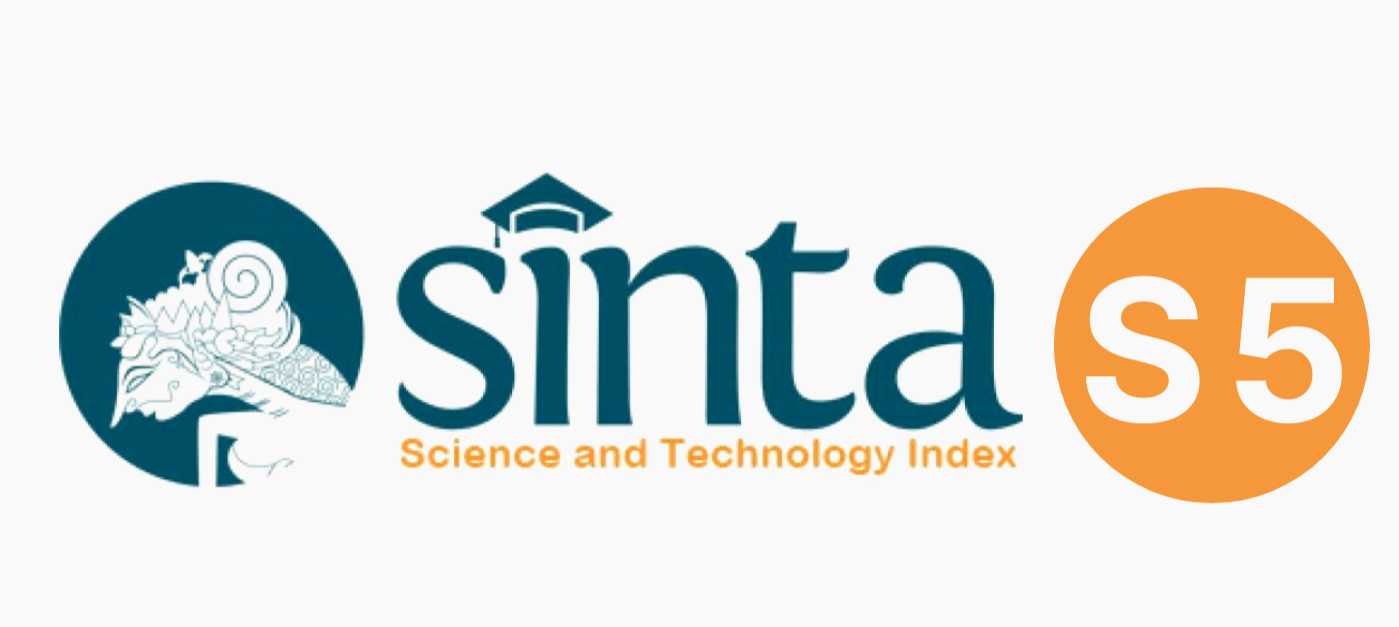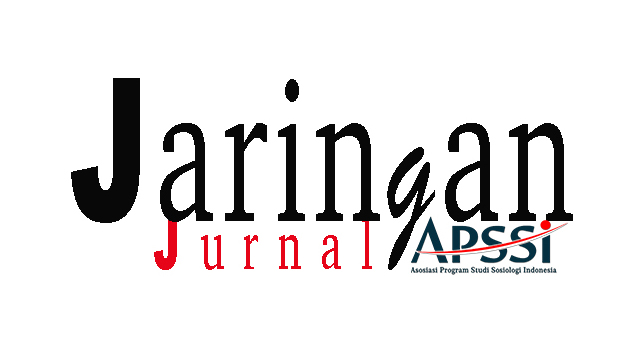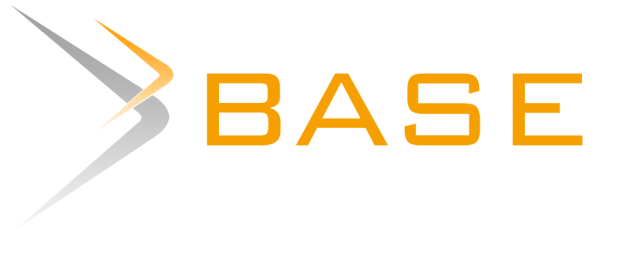Analisis Social Return on Invesment (SROI) Program TJSL PT PLN (PERSERO) UIP Sumbagsel di Desa Sendang Baru Lampung
 Abstract: 202
/
Abstract: 202
/  Abstract: 150
Abstract: 150
DOI:
https://doi.org/10.47753/je.v9i1.167Abstract
The TJSL (Social and Environmental Responsibility) program requires justification for success in each of the program interventions. The Social Return on Investment (SROI) analysis is one of the methods used to measure the program's impact by identifying four types of effects, namely social, economic, environmental, and quality of life for stakeholders. The program measured in this SROI analysis is the Electrifying Lifestyle Innovation Assistance Program (Energy Conversion) for developing MSMEs producing Ant Sugar in Sendang Baru Village, Central Lampung Regency, Lampung. The research method used in this research is mixed methods, combining qualitative and quantitative research. The technical data was collected through observation, in-depth interviews, focus group discussions (FGD), and documentation. The data sources used are divided into two categories, namely primary data and secondary data. The results of the impact measurement show that an investment of IDR 125,000,000 by PT PLN UIP Sumbagsel produced an impact of IDR 238,357,619, meaning that every 1 rupiah invested generated an effect or benefit of 1.91 rupiah. The distribution of the most significant impact variants is the economic aspect at 78 per cent, quality of life at 19 per cent, and social at 3 per cent. Meanwhile, the distribution of impacts among stakeholders is most extensive for training participants at 38.4 per cent, LPPM Bandar Lampung University at 33.7 per cent, Mitra Usaha Sejahtera Cooperative at 18.1 per cent, Sugar Semut Wana Hijau MSMEs at 8.2 per cent and PT PLN UIP Sumbagsel at 1.6 per cent.Downloads
Published
2024-06-25
Issue
Section
Articles
License
Articles published in Jurnal Empirika are licensed under the International License of Creative Commons Allowance-ShareAlike 4.0. The author is free to use any media to copy, change, or redistribute the paper, provided the author gives credit to the original author and this journal, links to the license, shows if modifications have been made, and redistributes it in the same permission. The author grants the right to any third party to use their posts following the Creative Commons Attribution-Share Alike International 4.0.











